Living in a compact apartment or home doesn’t mean you have to forgo the joy of pet ownership. Small mammals can make wonderful companions while fitting perfectly into limited living spaces. These pint-sized pets offer all the charm and interaction of larger animals without requiring extensive room to roam. From furry pocket pets to cage-dwelling companions, mini mammals bring delight to apartment dwellers, tiny home enthusiasts, and anyone seeking a pet that matches their spatial constraints. Let’s explore the best small mammal options for those with limited square footage, examining their care requirements, personalities, and suitability for compact living environments.
Dwarf Hamsters: Tiny Bundles of Energy
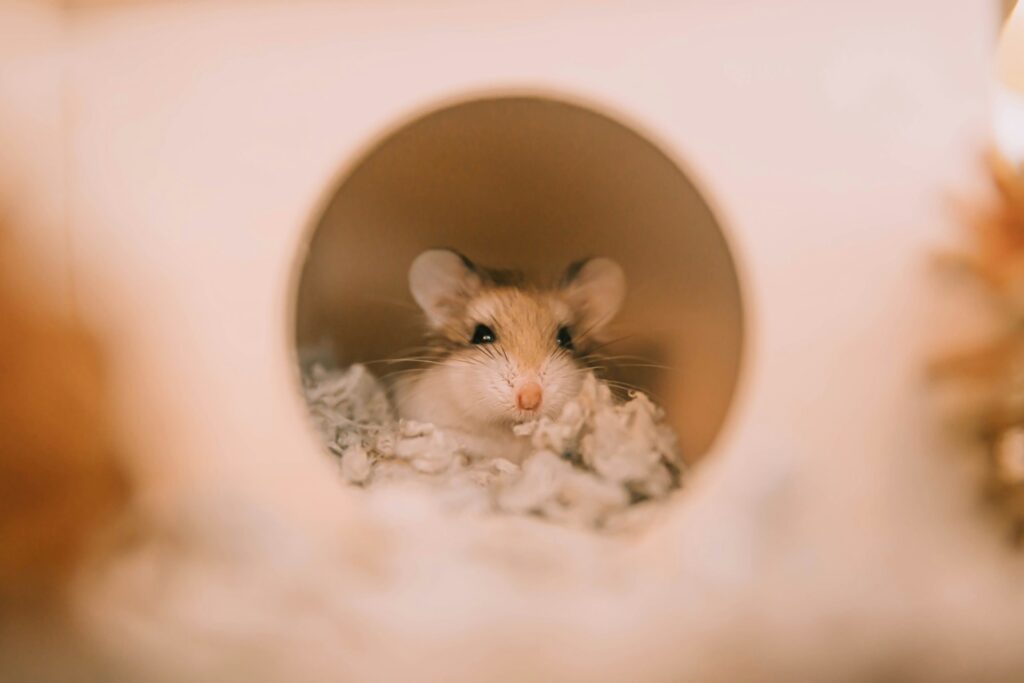
Dwarf hamsters, including Russian, Campbell’s, and Roborovski varieties, typically measure just 2-4 inches in length, making them perfect residents for small spaces. These diminutive creatures require relatively modest accommodations—a 20-gallon tank or similar-sized habitat provides ample room for exercise and exploration. Despite their small size, dwarf hamsters pack enormous personality into their tiny frames, offering entertaining antics as they burrow, climb, and navigate their environment. They’re primarily nocturnal, making them ideal companions for those who work during the day but want pet interaction in the evening hours.
Syrian Hamsters: The Solitary Sophisticates
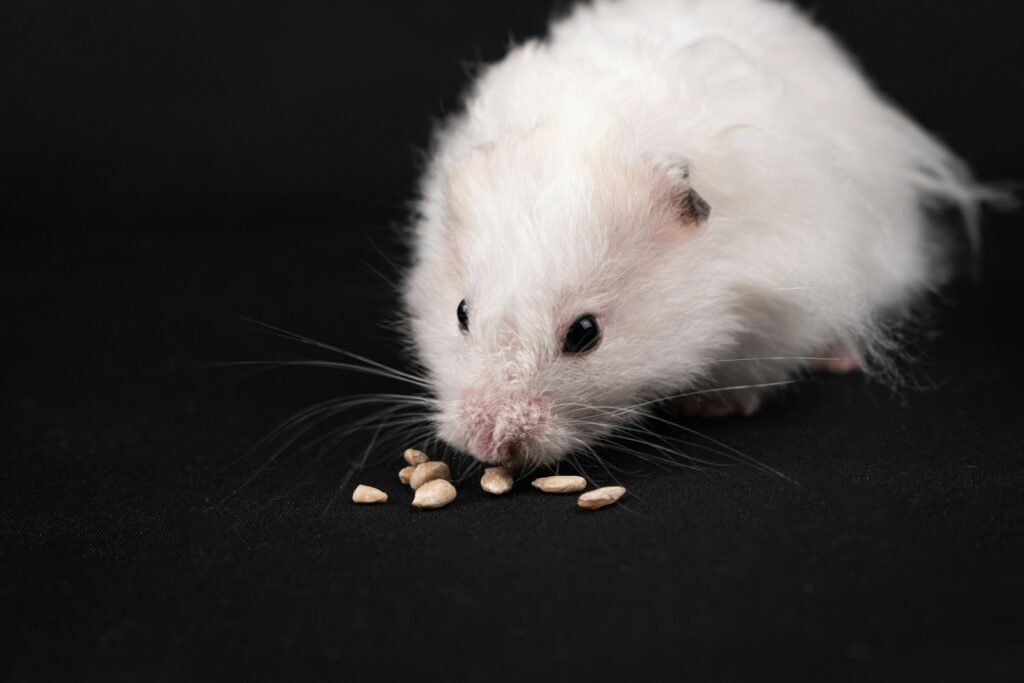
Syrian hamsters (also called golden or teddy bear hamsters) are slightly larger than their dwarf cousins but still qualify as excellent small-space pets, typically growing to 5-7 inches in length. These hamsters are strictly solitary creatures and must be housed individually to prevent stress and fighting. A Syrian hamster requires a minimum 24″x12″ cage with plenty of bedding for burrowing, making them suitable for apartments where space is at a premium. They tend to be more handleable than dwarf varieties and often develop stronger bonds with their human caretakers. Syrian hamsters typically live 2-3 years and are known for their relatively calm demeanor compared to the more energetic dwarf species.
Mice: Social Miniatures with Big Personalities

Fancy mice are among the smallest pet mammals available, rarely exceeding 3-4 inches in length excluding their tail. These highly social creatures thrive in same-sex groups (particularly females, as males may fight) and can live happily in a 10-20 gallon tank with proper enrichment. Despite their tiny size, mice are surprisingly intelligent and can learn to recognize their owners and even perform simple tricks with patient training. Their rapid movement and playful nature make them endlessly entertaining to watch as they construct nests, navigate climbing toys, and interact with cagemates. With proper care, these miniature marvels typically live 1-3 years, offering companionship without demanding significant space commitment.
Gerbils: Desert Dwellers for Domestic Spaces
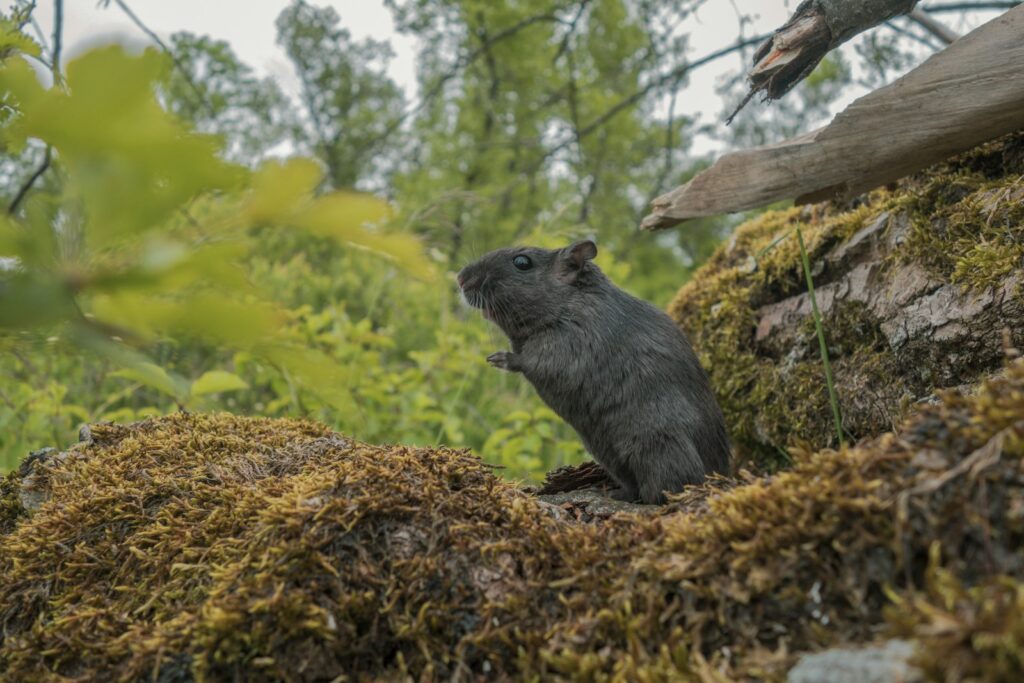
Gerbils bring the spirit of the desert into your home in a package that typically measures 4-5 inches in body length. These highly social animals should be kept in pairs or small groups of the same sex and require a tank-style habitat with a minimum 10-gallon capacity to accommodate their natural digging behaviors. Unlike some other small mammals, gerbils are primarily diurnal (active during daylight hours), making them more interactive pets for those with conventional schedules. Their fastidious nature means they produce minimal odor, a significant advantage for apartment dwellers concerned about pet-related smells. Gerbils rarely bite and generally enjoy human interaction, often becoming quite tame with regular, gentle handling.
Rats: Intelligent Companions in Compact Form
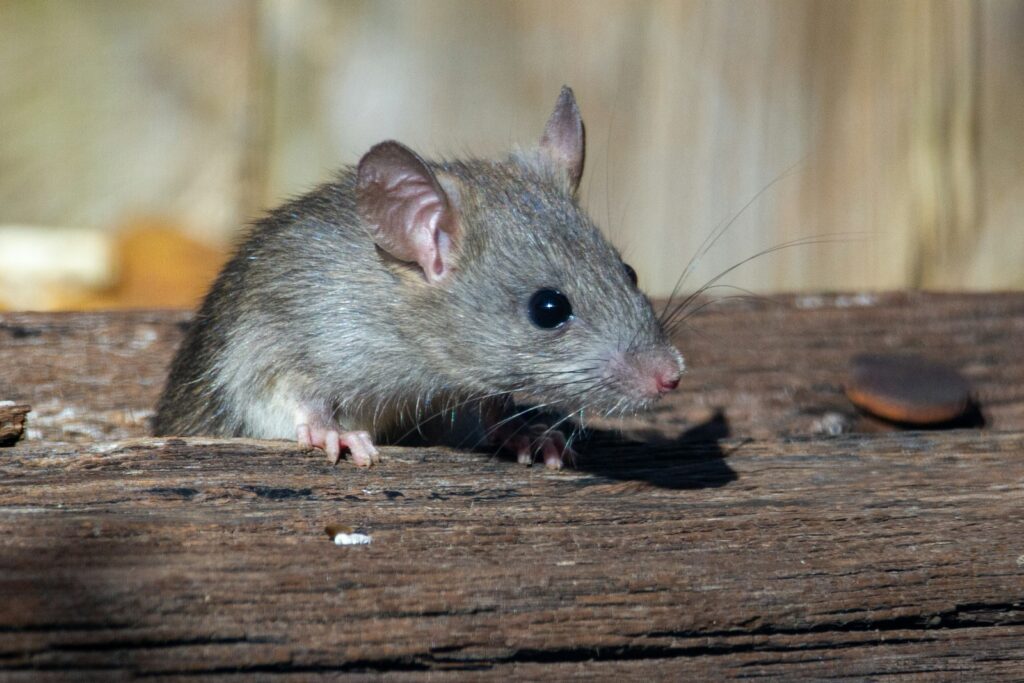
Domestic rats may surprise many potential pet owners with their cleanliness, intelligence, and affectionate nature, all contained in a body measuring 9-11 inches (plus tail). These highly social creatures should always be kept in same-sex pairs or groups and require a wire cage with minimum dimensions of 24″x12″x12″, suitable for placement on a desk or sturdy shelf in small apartments. Rats form strong bonds with their owners, often becoming excited when their human enters the room and enjoying shoulder rides during out-of-cage time. Their intelligence rivals that of many dogs, allowing them to learn their names, come when called, and master various tricks through positive reinforcement training. With a lifespan of 2-3 years, rats offer a relatively short but intensely rewarding pet relationship for those willing to look beyond common misconceptions.
Degus: Social Chilean Rodents

Degus offer a fascinating alternative to more common small pets, with their squirrel-like appearance and highly social nature making them engaging companions for small-space dwellers. These Chilean rodents measure about 5-7 inches (body length) and should always be kept in pairs or small groups since social interaction is crucial to their psychological well-being. A multi-level wire cage measuring approximately 24″x18″x24″ provides adequate space for these active climbers while still fitting into apartment settings. Degus are primarily diurnal, making them interactive during human waking hours, and they can live 6-8 years with proper care, offering a longer relationship than many small mammals. Their intelligence allows them to learn simple commands and tricks, though they require patient handling to become fully tame.
Chinchillas: Luxury Pets with Vertical Needs
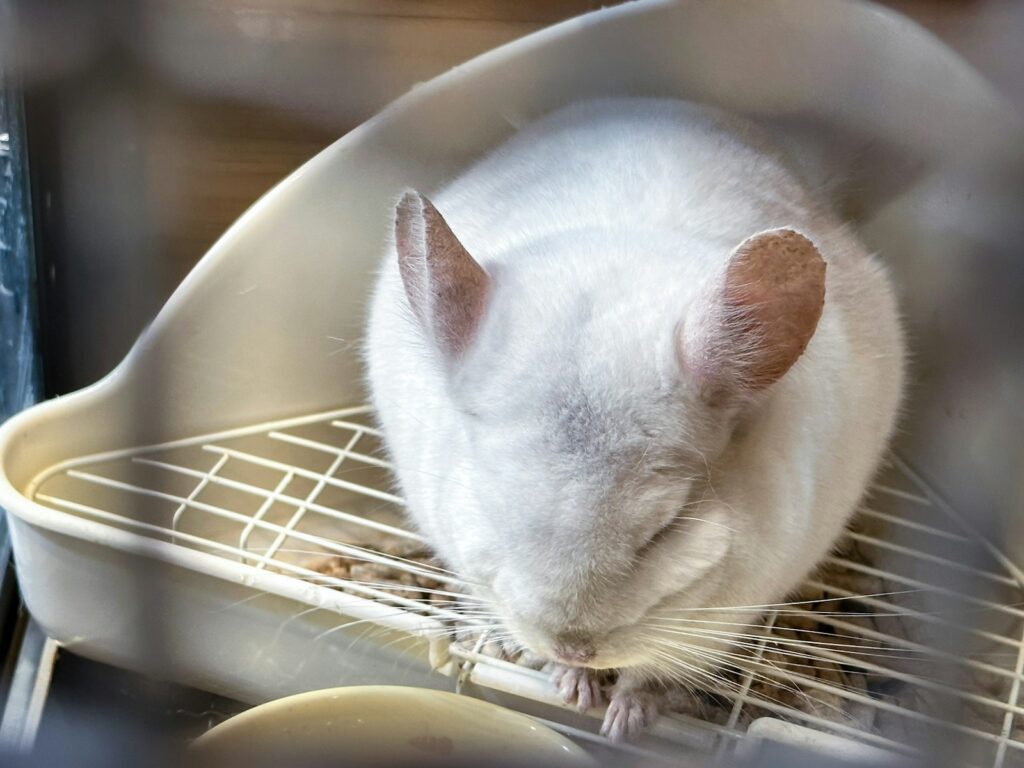
Chinchillas may require more vertical space than some other small mammals, but their ability to utilize tall rather than wide cages makes them suitable for many apartments. These cloud-soft rodents measure about 9-15 inches (excluding tail) and can live an impressive 10-15 years, making them a longer-term commitment than many small pets. A multi-level cage measuring approximately 3 feet tall provides adequate space for their remarkable jumping abilities while maintaining a relatively small footprint in your home. Chinchillas are crepuscular (most active at dawn and dusk) and require dust baths rather than water for cleaning their dense fur, an interesting care aspect that many owners find charming. Their independent yet playful personalities make them fascinating to watch, even when direct handling is limited.
Hedgehogs: Spiky Balls of Curiosity
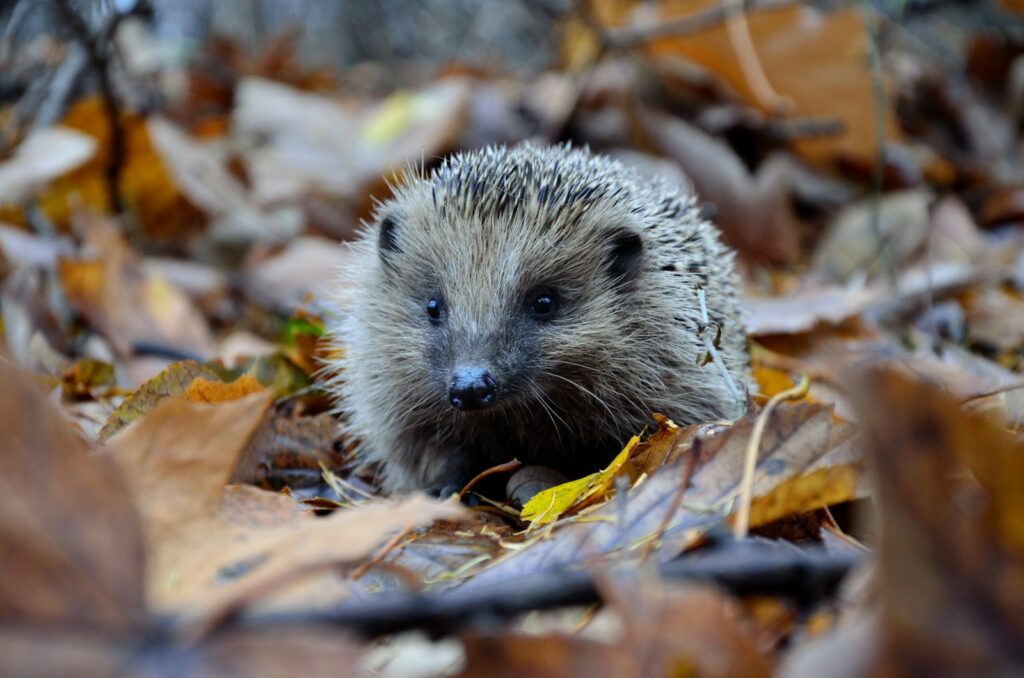
African pygmy hedgehogs have gained popularity as exotic pocket pets, measuring just 6-9 inches in length when fully grown. These solitary creatures require a minimum cage size of 2 square feet, making them suitable for apartment living where space is limited. Hedgehogs need environmental temperatures between 72-80°F, which may require supplemental heating in some homes, but their unique care requirements reward owners with a truly distinctive pet experience. They’re naturally nocturnal, becoming most active during evening hours when many working individuals have time for interaction. While not as naturally sociable as some rodents, hedgehogs can become reasonably tame with consistent, gentle handling, though their spiny protection mechanism means they require a patient approach to socialization.
Short-Tailed Opossums: Miniature Marsupials
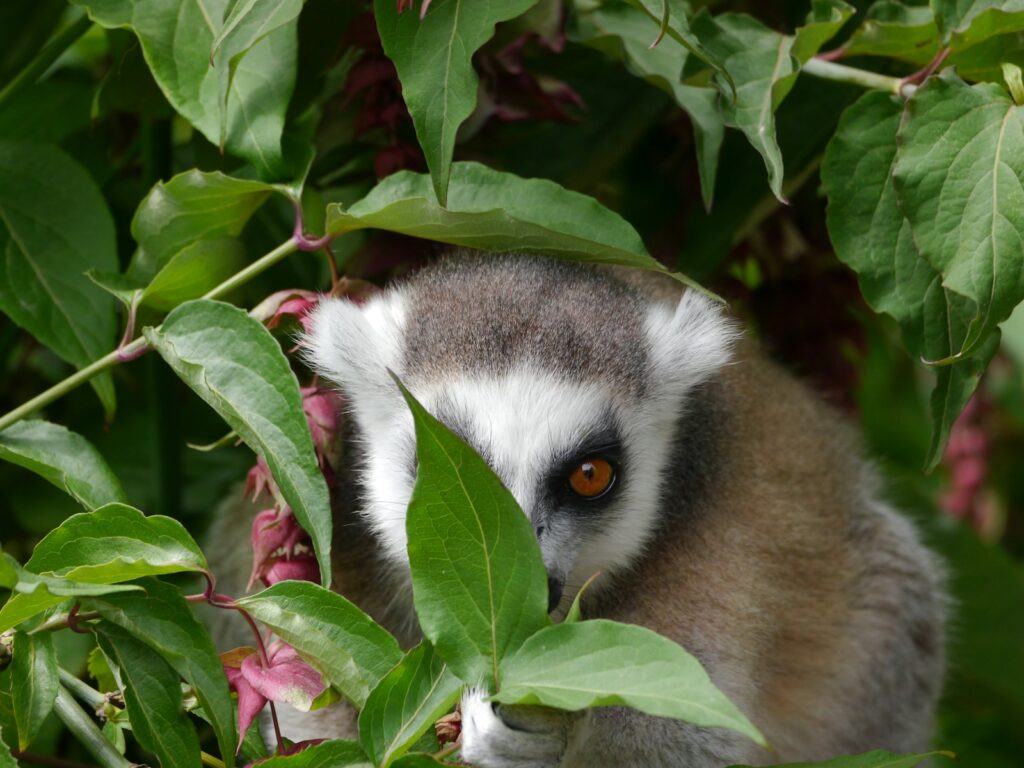
For those seeking something truly unique, the short-tailed opossum offers marsupial charm in a package measuring only 5-7 inches (plus tail). These solitary South American creatures can live comfortably in a 20-gallon aquarium or similar-sized enclosure with a secure, well-ventilated lid. Unlike their North American cousins, these mini marsupials are clean, nearly odorless, and possess an appealing appearance with large eyes, pointed snouts, and soft fur. Short-tailed opossums are primarily nocturnal but may adjust their schedule somewhat to interact with owners in the evening hours. With a lifespan of 2-4 years and dietary needs similar to those of rats or mice, they make fascinating exotic pets for those willing to research their specialized care requirements.
Sugar Gliders: Pocket-Sized Flying Companions

Sugar gliders are marsupials native to Australia and Indonesia that measure just 5-7 inches in body length, though they require more specialized care than some other small mammals. These social creatures should always be kept in pairs or groups and need a tall cage (at least 36″ in height) with a relatively small footprint, making them suitable for homes where vertical space exceeds horizontal space. Their natural membrane “wings” allow them to glide impressive distances when outside their enclosure, providing fascinating entertainment during supervised play sessions. Sugar gliders form intense bonds with their owners, often preferring to sleep in specially designed pouches worn by their humans during the day. With a 10-15 year lifespan, these exotic pets represent a significant commitment but reward dedicated owners with extraordinary companionship.
Creating Multi-Level Living in Limited Space
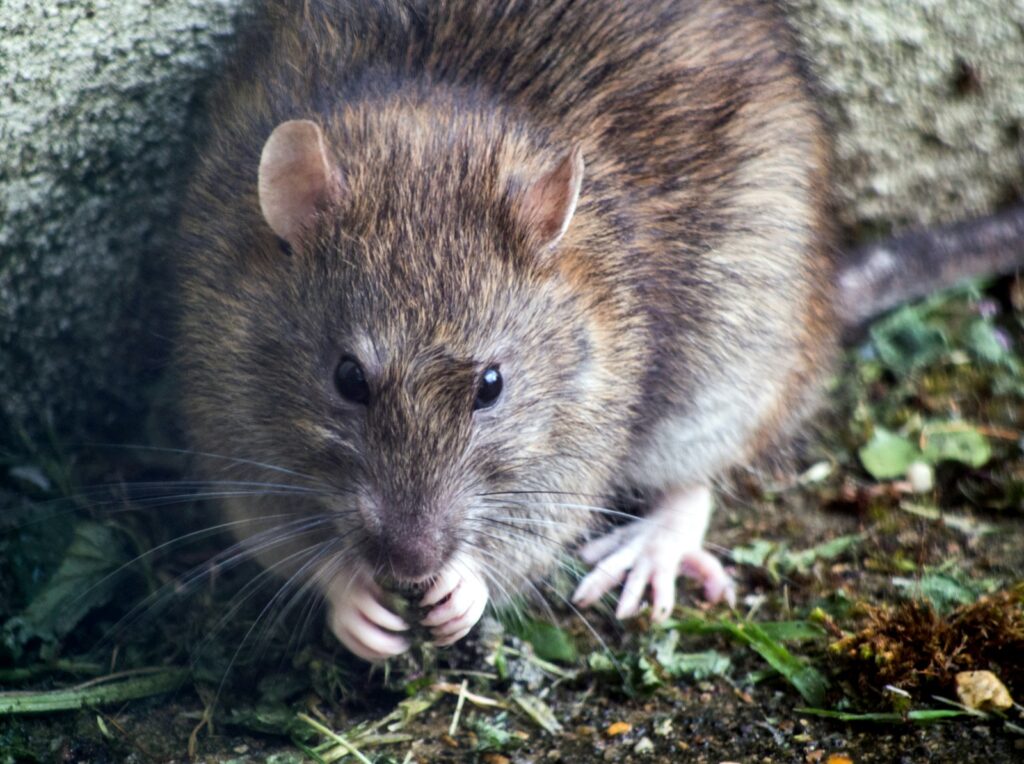
When housing small mammals in compact environments, thinking vertically can dramatically increase your pet’s living space without expanding the cage’s footprint. Multi-level habitats with ramps, platforms, hammocks, and hanging toys create enriching environments that satisfy natural climbing instincts while maximizing limited floor space. Many commercial cages designed for small mammals offer modular components that allow customization to fit unusual spaces, such as narrow gaps between furniture or awkward corners. DIY enthusiasts can safely expand existing habitats using pet-safe materials and appropriate connection methods, though all additions should be secured properly to prevent collapses or escapes. The key is creating environmental complexity through various levels, textures, and activity zones rather than simply providing a larger flat area.
Noise and Odor Considerations for Close Quarters
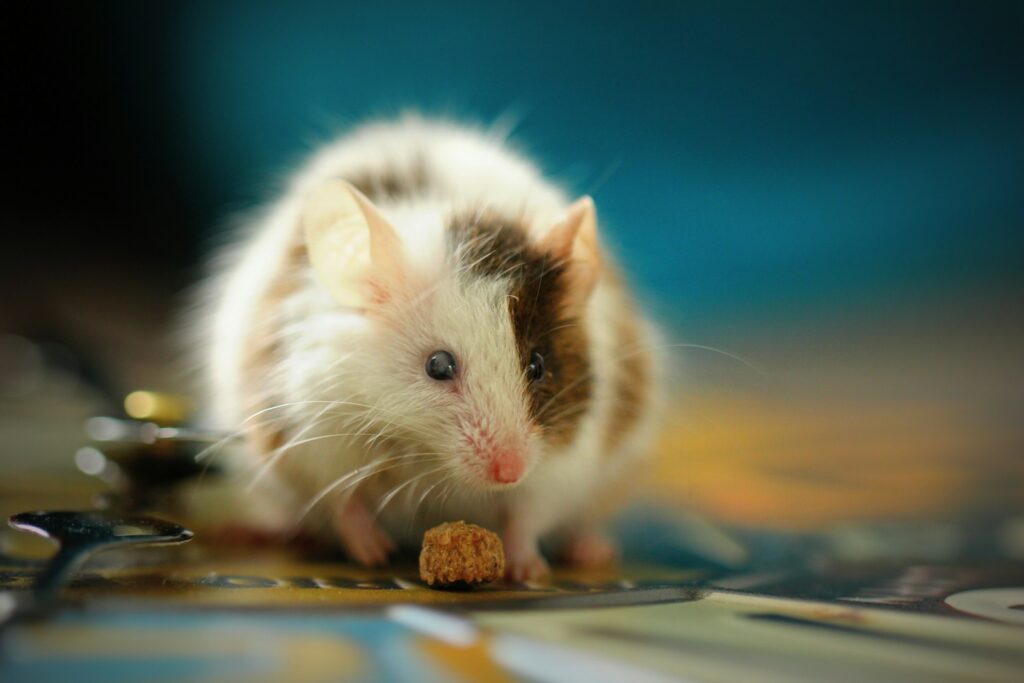
When selecting a small mammal for apartment living, considering both noise and odor management becomes critical to maintaining harmonious relationships with neighbors and roommates. Some species, like hamsters and chinchillas, are primarily nocturnal and may create significant noise from running on wheels or engaging in active play during nighttime hours. Proper habitat maintenance schedules are essential for odor control, with species like male mice requiring more frequent cleaning due to stronger natural scents than females of the same species or other rodents like gerbils. Strategic placement of cages away from shared walls and regular deep-cleaning with pet-safe products can minimize disruptions to human cohabitants. Investing in silent exercise wheels with ball bearings rather than squeaky plastic models makes a tremendous difference in nighttime noise levels for active species.
Legal Considerations Before Choosing Your Mini Mammal

Before bringing home any small mammal, researching local regulations is essential, as many apartments, condominiums, and municipalities have specific rules regarding pet ownership. Some exotic species like sugar gliders, hedgehogs, and short-tailed opossums are restricted or require permits in certain states and countries due to concerns about invasive potential or specialized care requirements. Standard lease agreements often have clauses addressing pet ownership, though many landlords consider caged small mammals differently than cats or dogs in terms of potential property damage. Documentation from veterinarians regarding the contained nature and minimal impact of your chosen species may help negotiate with reluctant property managers. Being aware of and complying with all legal requirements prevents the heartbreaking scenario of being forced to rehome a beloved pet due to regulatory issues.
Conclusion

Small mammals offer apartment dwellers and those with limited space the joy of pet ownership without requiring extensive room. From the tiny dwarf hamster to the exotic sugar glider, these compact companions bring entertainment, affection, and connection to even the smallest living situations. The key to successful mini-mammal ownership lies in understanding each species’ specific needs and providing appropriate housing that maximizes available space through vertical design. With proper research, preparation, and care, these pint-sized pets can thrive in apartments and tiny homes while bringing immeasurable joy to their owners. Remember that even the smallest pets represent a significant commitment of time, resources, and emotional energy—but the rewards of these miniature relationships prove that wonderful things truly do come in small packages.



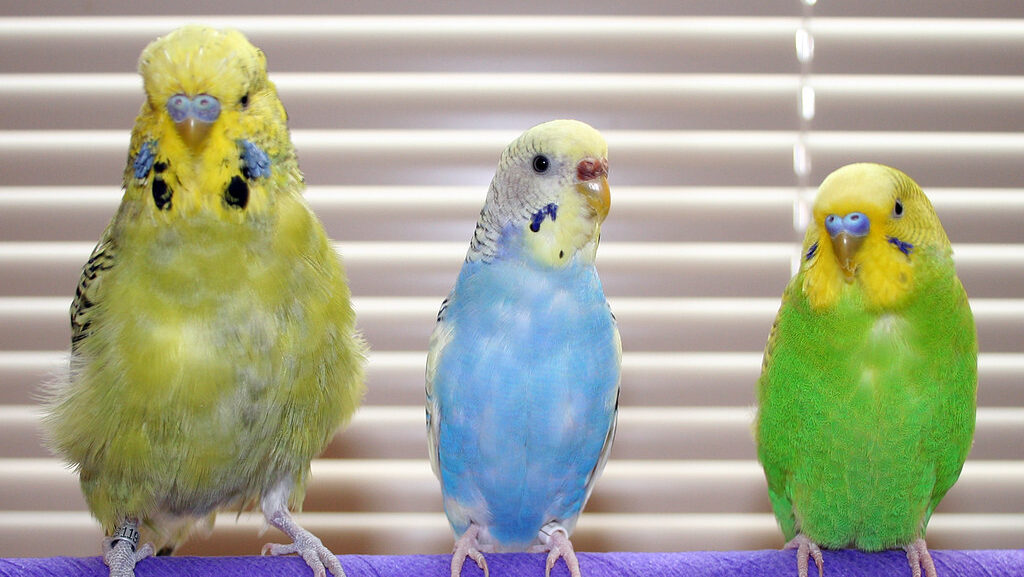

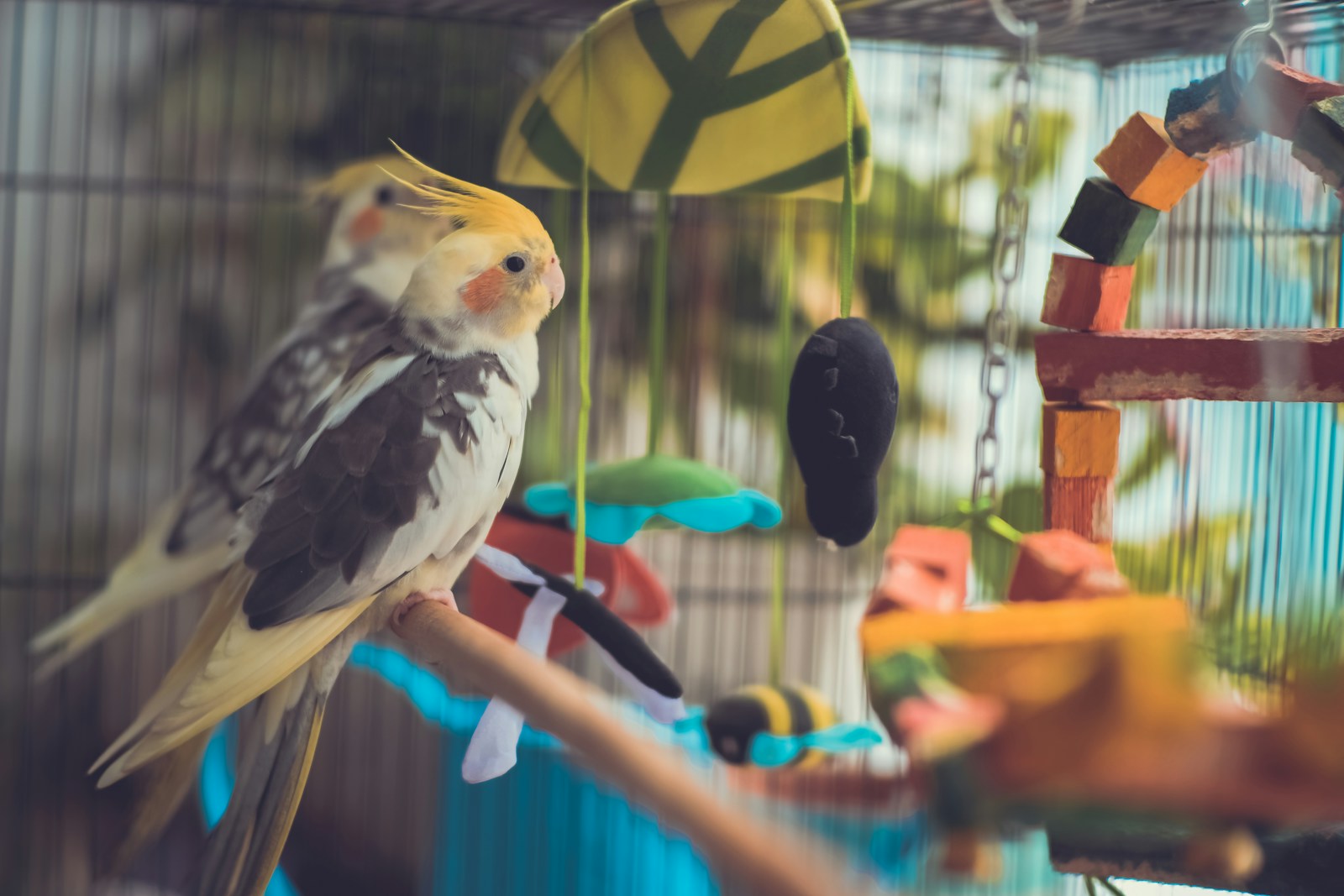
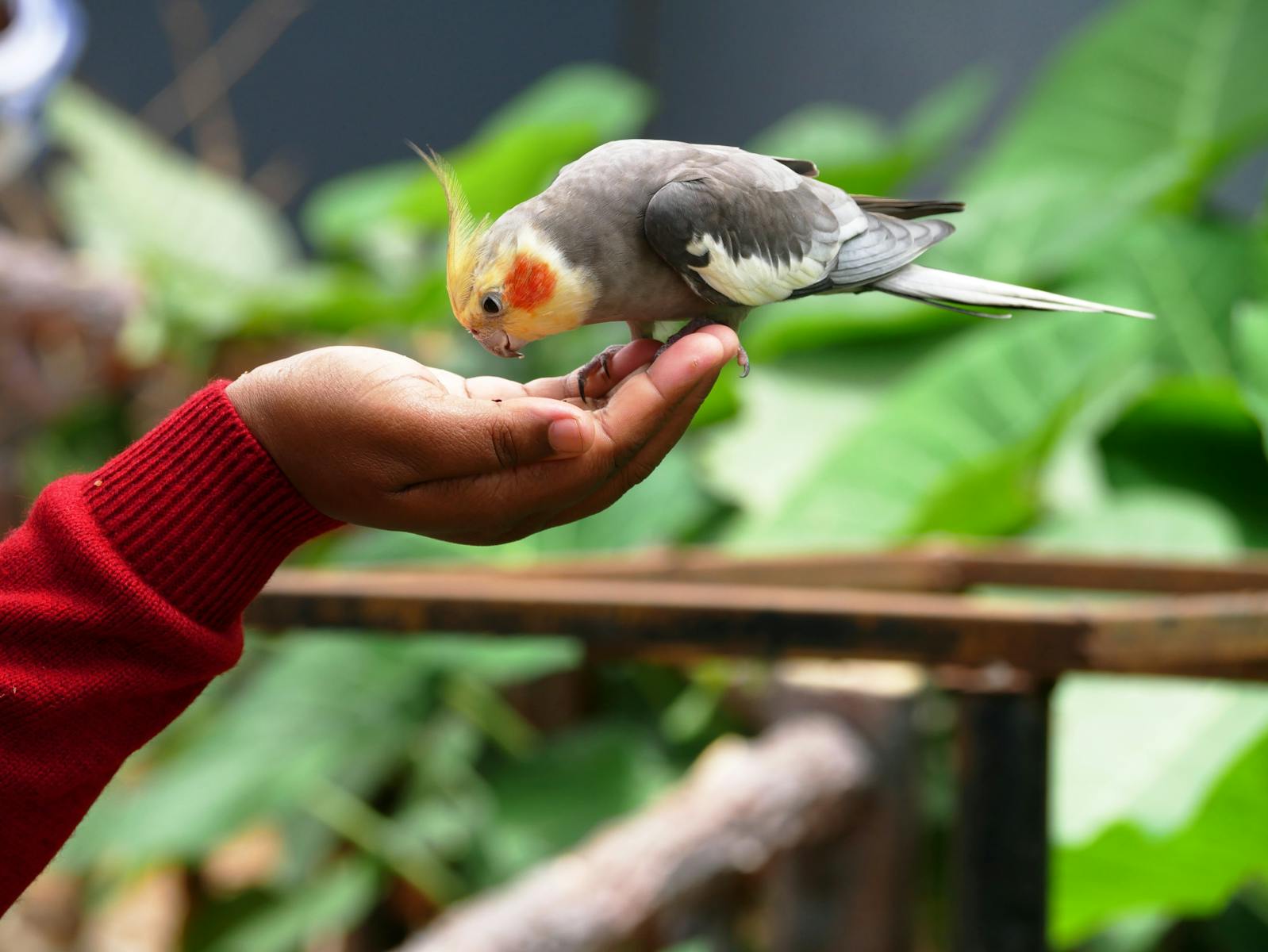
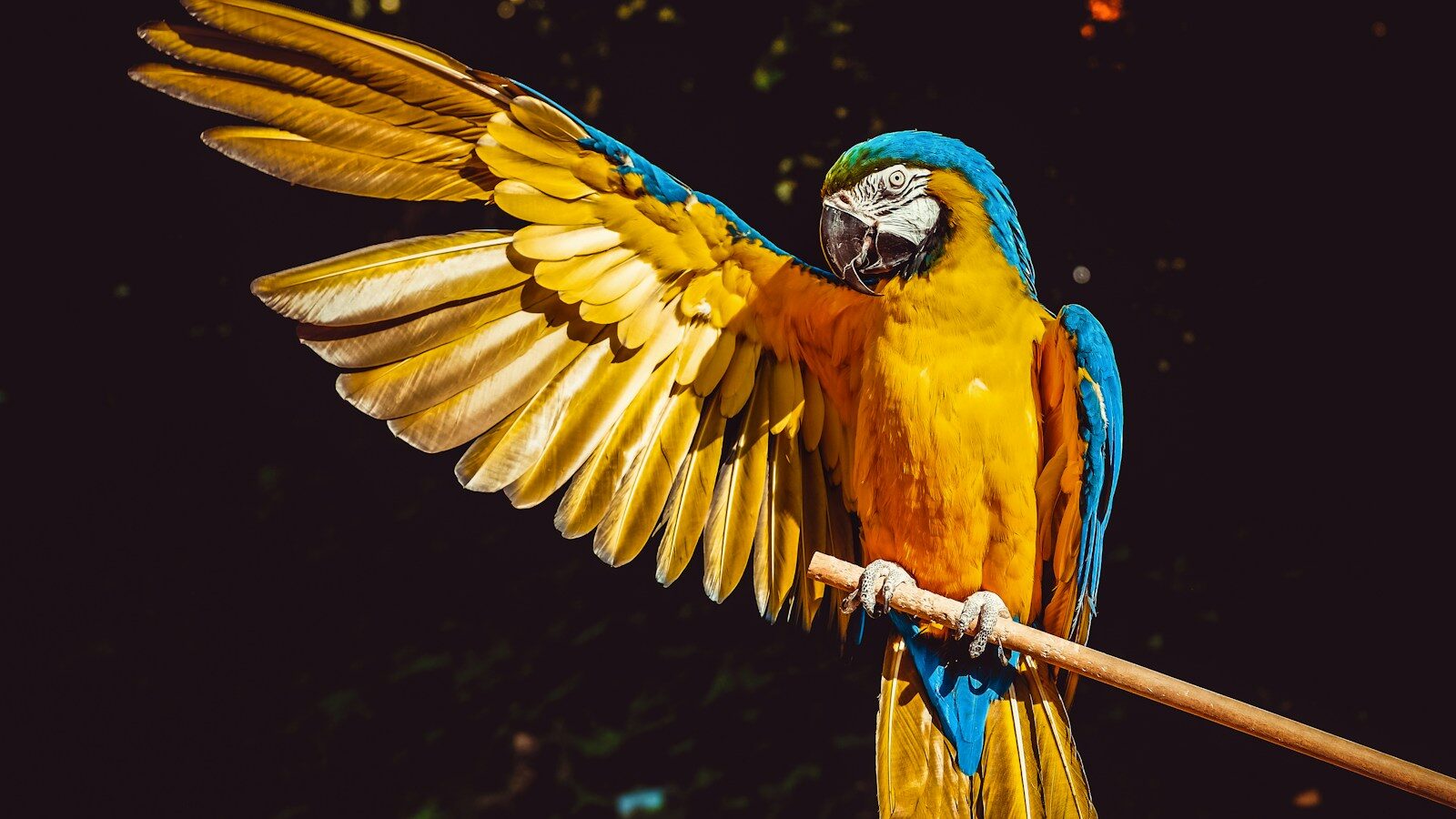

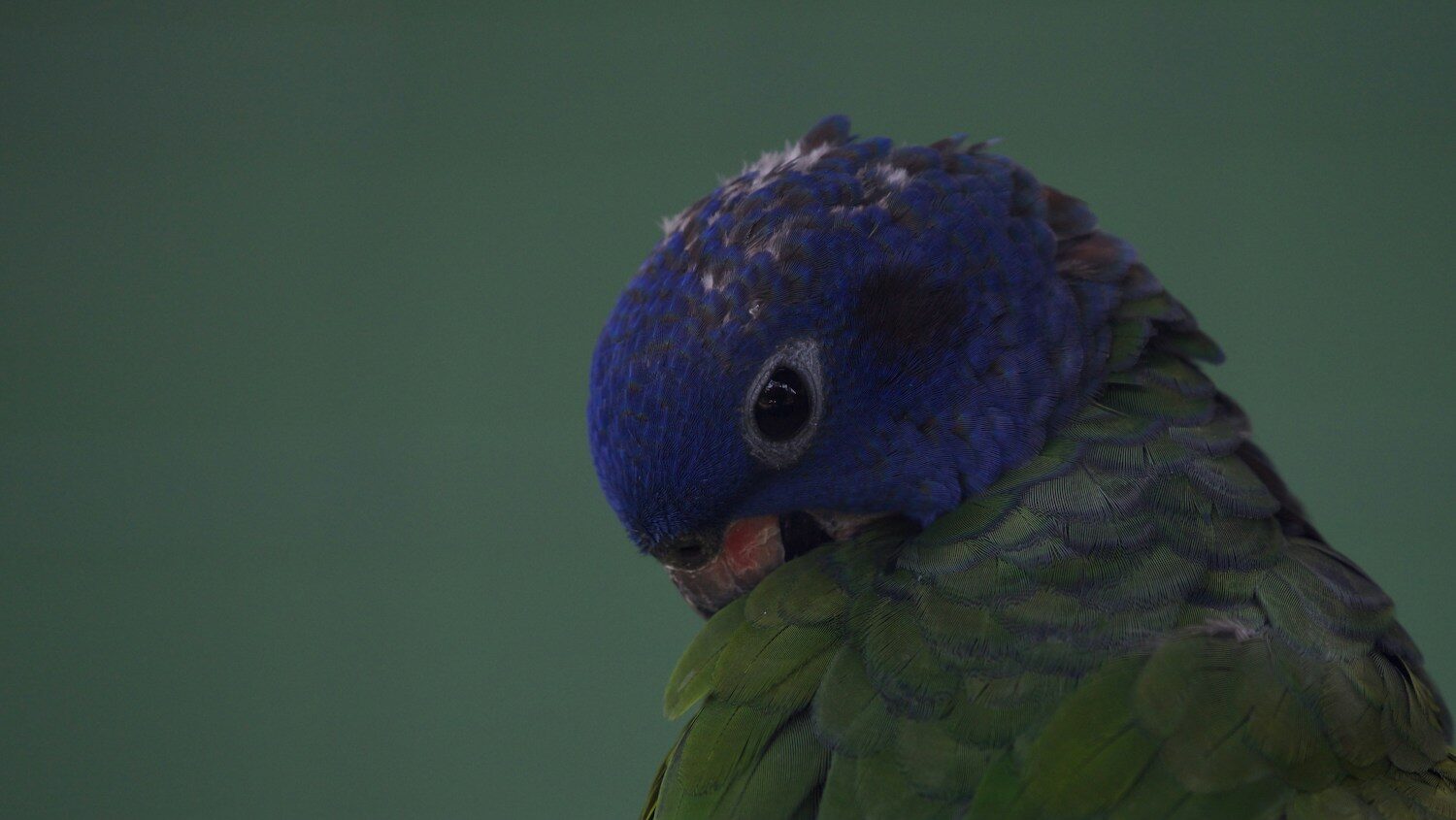

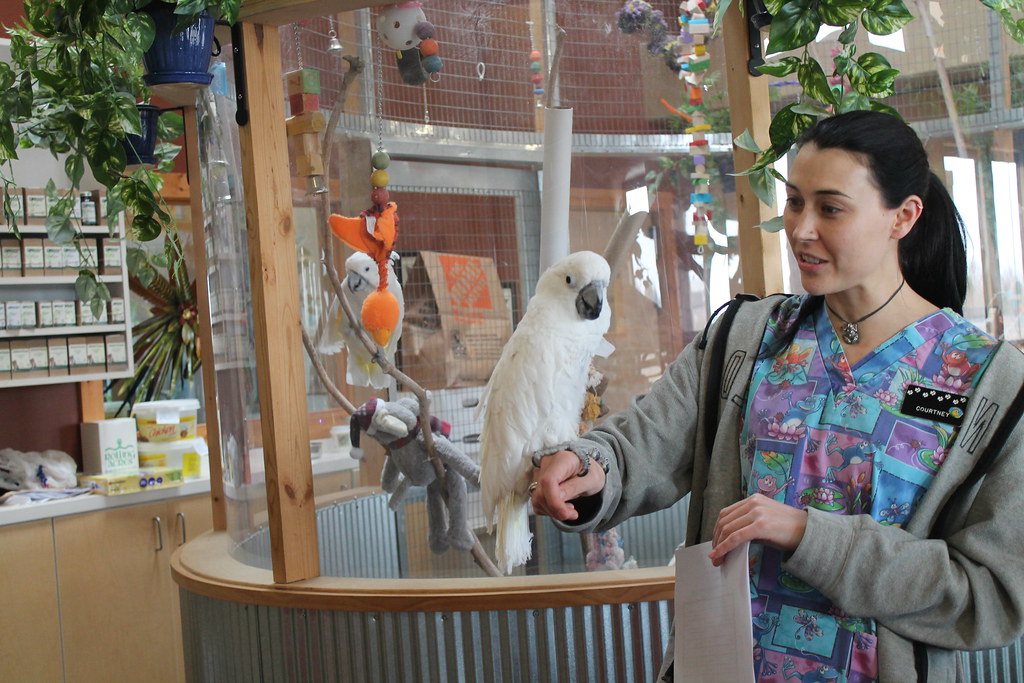




Leave a Reply